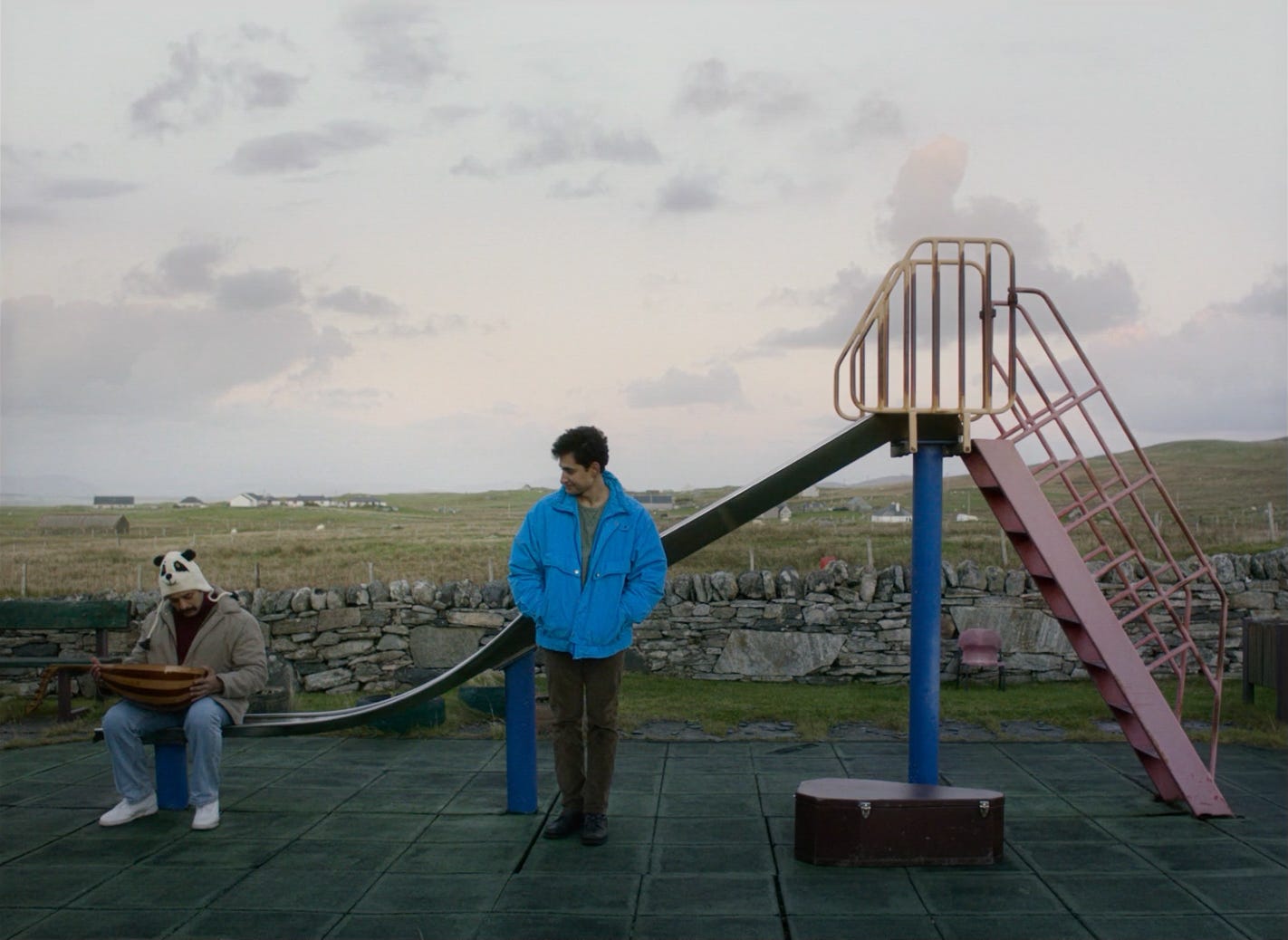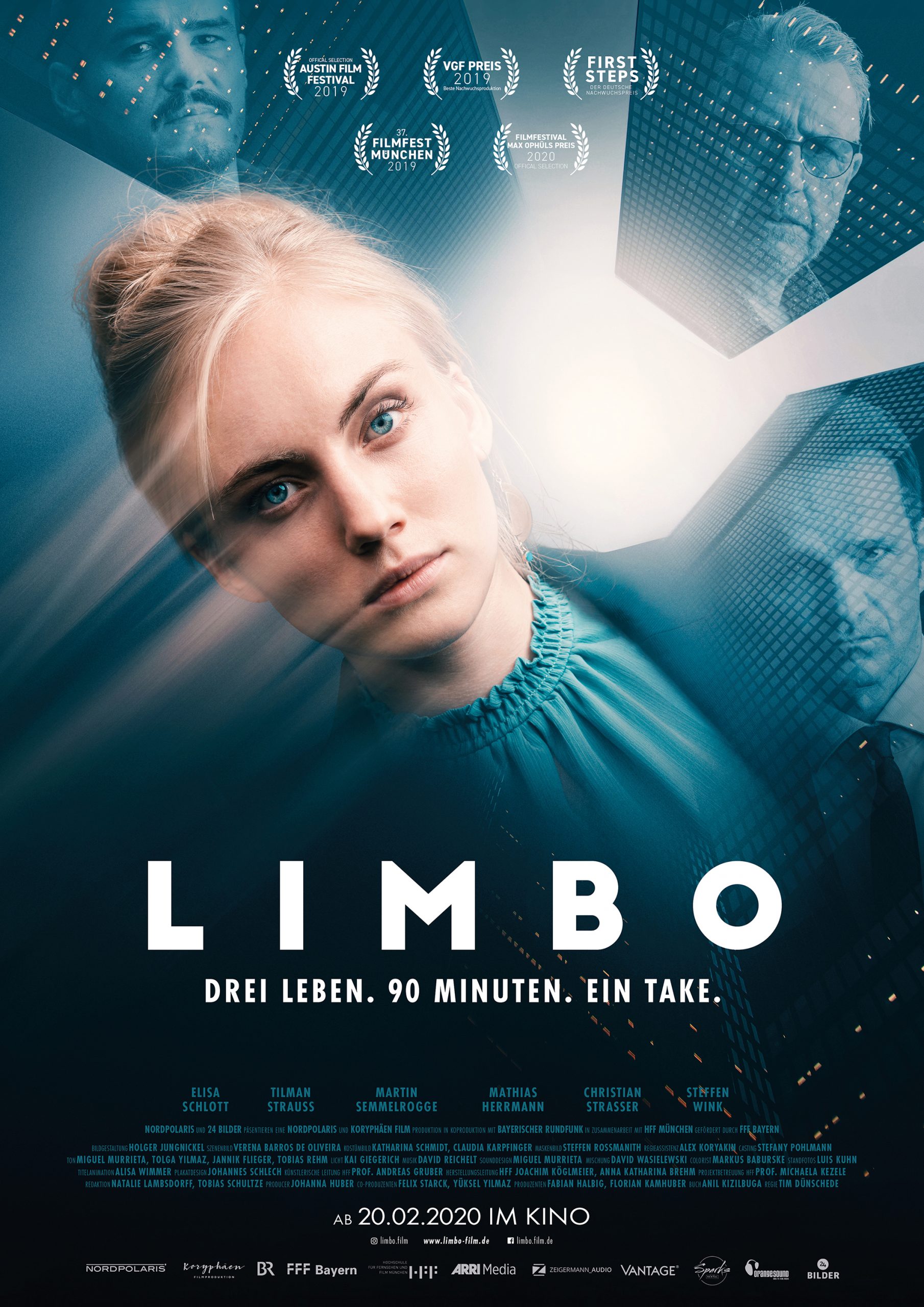

As a result, independent movie theaters in the United States had their heyday between the ’50s and ’80s, with a flourishing of classic-oriented repertory houses and independent drive-in theaters. Paramount Pictures, Inc., went to the Supreme Court, which ruled that theaters needed to end these vertically integrated block booking systems. Department of Justice brought a case against the largest film studios in 1948. “ if you want to exhibit ‘Casablanca,’ you have to also agree to exhibit these three other duds that we made, but we want our money back so you’re going to exhibit them,” Benson-Allott said. Studios developed methods such as block booking, which packaged big-name film releases with other movies from the same studio. In this new market, studios were able to create monopolies that threatened the livelihoods of independent theaters, as they were involved in both distribution and exhibition. “It cost an awful lot of money for an exhibitor to go from just a silent projector to buying a new projector that could read sound on film and also a speaker system to project that soundtrack,” Benson-Allott said. With the economic constraints of the Great Depression, theaters owned by major studios were able to afford the transition to synchronized-sound films, unlike independent theaters. “Once movie theater exhibitors started moving over to synchronized sound as the latest gimmick, which hit at the exact same time as the Great Depression, corporate theater chains owned by the major Hollywood studios became the norm of theatrical exhibition in the U.S.,” Benson-Allott said. The costs of synchronizing sound with pictures began to strain independent theaters, creating the opportunity for studios to invade the space for profit. However, technological advances in the early ’30s soon made it hard for tiny storefront theaters to compete with corporations. “This is during the silent period, and you saw everything from storefront nickelodeon theaters that might just be folding chairs with a projector and a piano to these grand palaces in the urban centers that could seat thousands of patrons,” Benson-Allott said in an interview with The Hoya. When movies first took off in the United States, the style of film venues varied widely, and live music often accompanied the motion pictures, Benson-Allott said. Because films were silent, venues often accompanied the motion pictures with live music.Ĭaetlin Benson-Allott, an English professor and core faculty in the film and media studies program, explained how independent theaters have struggled to contend with larger corporate theaters throughout the history of film. In the infancy of cinema in the 1910s and ’20s, theater exhibition was quite eclectic, with tiny storefront theaters and massive urban halls drawing patrons.

While major chain theaters like AMC Theatres dominate the movie-watching experience today, a variety of venue types have competed for supremacy.

Still, indie nonprofits like The Avalon Theatre in Chevy Chase and the AFI Silver Theatre and Cultural Center in Silver Springs, Md., are bucking the trend, relying on community funding to supply niche film fans with their fix. Sadly, many of these theaters have been forced to shut down because of competition from corporate theater chains.

Yet the area used to be home to a variety of independent film theaters with only a handful of screens and an eclectic group of movie showings. Passing by the CVS Pharmacy on M Street, visitors to the Georgetown neighborhood might never guess that intrepid students could visit the same building and catch screenings of avant-garde dramas or racy adult films in the 1980s.


 0 kommentar(er)
0 kommentar(er)
